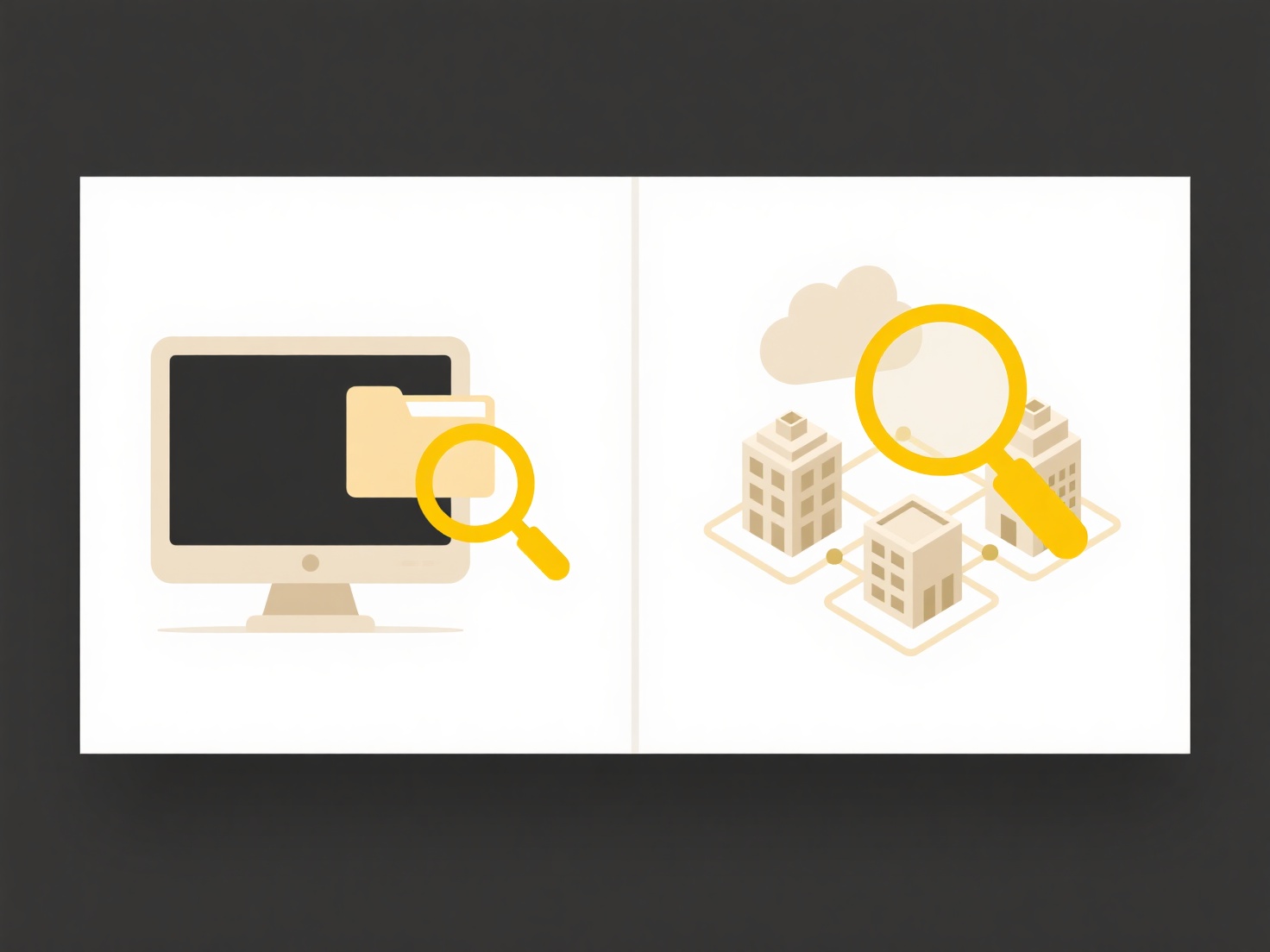
Legal hold policies ensure data preservation during litigation or investigations. In local storage, this involves manually securing data on physical servers or employee devices, which requires coordinating with IT to restrict access and prevent alteration or deletion. Cloud environments manage holds centrally through platform features that can automatically suspend deletion and freeze data states across distributed storage systems.
For example, in on-premise systems, an IT team might isolate data by copying files to secure servers and suspending backup deletion routines. Cloud platforms like Azure or AWS automate holds through services such as Microsoft Purview or Amazon S3 Object Lock—applying policies enterprise-wide with minimal manual intervention. Healthcare or finance industries commonly use both approaches, though local methods persist in highly regulated environments.

Cloud holds offer scalability and audit trails but rely on vendor controls, potentially complicating cross-border compliance. Local methods provide direct oversight but face risks like human error during manual enforcement. Both require clear retention schedules and documentation to meet ethical obligations. Cloud automation is increasingly preferred as it reduces oversight burdens and enhances defensibility, driving adoption despite initial migration complexities.
How do I manage legal hold policies in cloud vs local storage?
Legal hold policies ensure data preservation during litigation or investigations. In local storage, this involves manually securing data on physical servers or employee devices, which requires coordinating with IT to restrict access and prevent alteration or deletion. Cloud environments manage holds centrally through platform features that can automatically suspend deletion and freeze data states across distributed storage systems.
For example, in on-premise systems, an IT team might isolate data by copying files to secure servers and suspending backup deletion routines. Cloud platforms like Azure or AWS automate holds through services such as Microsoft Purview or Amazon S3 Object Lock—applying policies enterprise-wide with minimal manual intervention. Healthcare or finance industries commonly use both approaches, though local methods persist in highly regulated environments.

Cloud holds offer scalability and audit trails but rely on vendor controls, potentially complicating cross-border compliance. Local methods provide direct oversight but face risks like human error during manual enforcement. Both require clear retention schedules and documentation to meet ethical obligations. Cloud automation is increasingly preferred as it reduces oversight burdens and enhances defensibility, driving adoption despite initial migration complexities.
Quick Article Links
What characters should I avoid using in file names?
What characters should I avoid using in file names? Most computer systems restrict certain characters in file names to...
Can I rename files on network drives?
Renaming files on network drives is typically possible, provided you have sufficient permissions. A network drive refers...
How do I use wildcards to rename files?
File wildcards are special characters that represent one or more other characters in filenames, enabling pattern-based m...